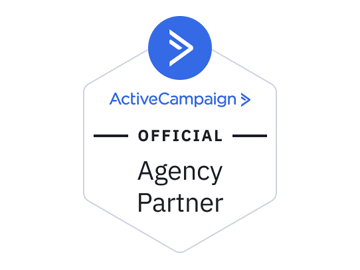When designing a website, the most important thing that developers focus on is website conversions. To increase website conversions, you must understand your users, what brings them to your site and products, what their pain points are, and how to improve their experience. After that, it is your responsibility to grab and hold their attention and persuade them to take specific action on your website.
The whole idea of increasing the conversion rate on a website is focused on the user experience. You have to stimulate your user’s experience in such a way that they take action on your website, like filling out a form, making a purchase, sharing a link on your website, etc.
Conversion rates are a measure of your website’s functionality. A higher conversion rate means that your users are putting their trust in your brand and that your website’s relevancy is bringing in a lot of traffic.
What Would Help Improve Conversions?
To boost conversions on your website, you must optimize the design, speed, content, and other factors consistently. You can create a step-by-step strategy that can increase your conversion rates. Here is how you can boost your website conversions by focusing on two main steps.
Which Two Actions Would Best Increase Conversions?
Two actions that best increase website conversions are minimizing distractions and providing relevant information.
On your landing and product pages, make sure that you are removing any clutter and unnecessary product links, extra information, and other options. Furthermore, provide relevant links in a clean and efficient manner so that the users are coaxed into taking action, not overstimulated by too many choices.
How Do You Increase Conversion for a Website?
Here are 6 essential steps to take your website conversions up a notch.
1. Set Out Your Website Goals
Before working on improving the conversion rates of your website, you must clearly plan and define the goals and message of your website. Optimize your website by deciding which actions you want the users to take on your website. Some websites want more page visits, some require form submissions, some websites want to improve their conversions through their internal and external linking system, and others set custom conversion goals as per their requirements.
The strategy of your website conversions should reflect your business goals and must be curated to generate value for your business. When you have set the website conversion goals, make sure that you access the visitor behavior in response to them.
2. Use a CRO Plan
A CRO plan, or CRO program, is a special digital marketing strategy that helps a business improve its conversion rates on a website or application. This process involves analyzing the website to optimize the web pages in order to improve conversion. A CRO planner will help you develop a strategy that will help you conduct a site audit, understand the user experience on your website, improve conversion rates, and go through further testing and examination.
3. Analyze Visitor Data
A CRO plan works well when you are avoiding any advanced estimations and relying on real-time data generated from visitors for accurate decision-making. To boost website conversions, you should track and analyze your visitor’s data all time to understand what conversion goals work according to their preferences. This data will help you direct your efforts into working towards those particular goals.
4. Track and Understand Your Visitor’s Actions
Some key data points are essential to boost website conversions. These include generating and collecting data on traffic sources, user behavior on the landing pages, then checking the abandonment rates on the webpages and forms, and information on average order values and return customers. This data will represent your ideal user and highlight valuable information about the user’s prospects, interests, likes and dislikes, and pain points.
5. Do Not Create Extensive Forms
One of the major reasons why your users are not taking action on your website is that they are overwhelmed by the extensive forms and complex conversion links on your website. For example, if your website’s goal is to ask your users to fill out a form, and when a user proceeds to do that, you are providing a long form that takes more than 10 to 15 minutes to complete, they will most likely abandon it. Your job in creating an optimized website is to eliminate any distractions and make the conversion process easier for your users. In this way, you will also create strong trust among your audience.
6. Remove Friction From Your Website
User friction is also known as UX friction or user experience friction. It is any variable or object on a website that is keeping a user from completing a desired action on your website or application. There are many ways to reduce website friction. These include;
- Improving the website’s design
- Increasing the website’s speed
- Making conversion goals simple to accomplish
- Offer multiple conversion options in the simplest manner, etc.
A user will never convert when they experience friction on your website, and in return, your users will start to lose trust in your brand. To increase your brand’s trust and reduce friction, you can use multiple strategies like avoiding broken links, using money-back guarantees, making the website clutter-free and easy to use, and updating the site’s content regularly.
Website Conversions Isn’t Just a Marketing Strategy
You have to plan how to improve your user’s data and see your website through the eyes of your customers. Take a step back, and see how you, as a user, will view your website and take action.
VUP Media Marketing and Advertising Agency has a professional team that actively works to grow your business and boost website conversions. Contact us now.









